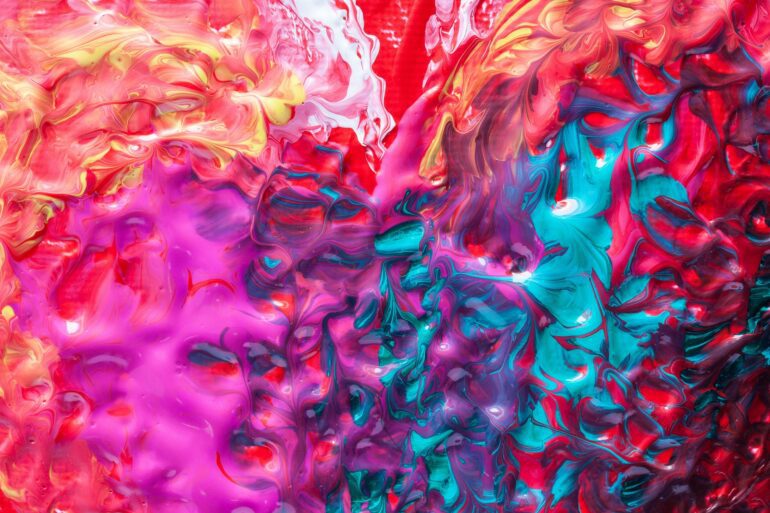TL;DR:
- US Copyright Office (USCO) reaffirms its refusal to register AI-generated artwork for the fourth time.
- Ankit Sahni’s work “SURYAST” faces rejection due to a lack of human control and unclear authorship.
- Sahni’s efforts to explain the technology and human involvement in the process were unsuccessful.
- USCO upholds the de minimis standard, emphasizing that AI-generated content exceeding this threshold is not eligible for copyright protection.
- Previous cases of denied registration for generative AI works are also mentioned.
- International perspective: Sahni’s attempt to register the artwork in India faced scrutiny over AI’s role and the definition of the ‘person’ responsible for computer-generated work.
- Implications for creators: The original photograph may be protectable, while AI-generated content remains outside copyright protection.
Main AI News:
In a recent development, the US Copyright Office (USCO) has firmly maintained its refusal to register a computer-generated artwork produced through artificial intelligence (AI). This marks the fourth instance in which a request for copyright registration for AI-generated content has been denied following requests for reconsideration. The work in question, titled “SURYAST,” was created by Ankit Sahni, who, in part, utilized a custom-developed AI software named RAGHAV.
The USCO’s decision revolves around several key issues, including the absence of human control in the creative process, conflicting descriptions of RAGHAV’s role, and the question of whether the expressive elements of the artwork can be attributed to human authorship.
Sahni’s Initial Attempt
Sahni initially submitted an application for copyright registration in December 2021, listing both himself and the AI painting app as co-authors. His claim specified that he contributed an original photograph, while the AI software solely produced the “2-D artwork.” Responding to the USCO’s request for additional information, Sahni provided a 17-page supplement explaining the technology and its utilization. He detailed the process, which involved using his original photograph of a sunset and incorporating elements from Vincent van Gogh’s “The Starry Night” for stylistic inspiration.
USCO’s Initial Refusal
In June 2022, the USCO issued its initial refusal, citing the lack of human authorship and the inability to distinguish it from the computer-generated final output. The USCO also categorized the work as a “classic example of derivative authorship,” being a digital adaptation of a photograph.
First Request for Reconsideration
Sahni’s first request for reconsideration in September 2022 argued that the human authorship requirement does not mandate exclusive human creation. Despite his argument, the USCO upheld its initial refusal.
The Second Request for Reconsideration
The second request for reconsideration, submitted in July 2023, presented three main arguments. First, it emphasized that RAGHAV’s role was primarily as an “assistive software tool,” with creative control vested in Sahni through his choices of the original photograph, the incorporation of “The Starry Night,” and other variables. The second argument focused on highlighting human-authored elements in the work. The third contested the classification of the machine-generated work as derivative, asserting that the “human author’s total creative input” should be considered.
USCO’s Analysis
A substantial portion of the USCO’s analysis scrutinizes the inconsistencies between Sahni’s description of the creative process and the functionality of his tool. The USCO emphasizes that RAGHAV’s interpretation of Sahni’s photograph is a result of its training and not specific instructions from Sahni.
De Minimis Standard
The USCO reiterated its application of the de minimis standard in June, emphasizing that AI-generated content exceeding this threshold should be excluded from copyright protection and treated as public domain. This standard has its roots in the US Supreme Court’s Feist v. Rural Telephone decision.
Previous Refusals
The USCO has previously refused registration for generative AI works, including “A Recent Entrance to Paradise” and a graphic novel by Kris Kashtanova, both of which were challenged but upheld by the Review Board. Another refusal concerned “Théâtre D’opéra Spatial,” which gained fame in the digital arts category at the 2022 Colorado State Fair.
International Perspective
It’s worth noting that Sahni also attempted to register “SURYAST” in India in 2020, where it received initial recognition for copyright protection but later faced an investigation over the use of AI in the creative process.
Protecting Partially Generative Derivative Works
One practical takeaway from this situation is the potential protection of the original photograph used as a basis for AI-generated art, while the AI-generated output itself may not be eligible for copyright protection. This distinction has significant implications for creatives working with generative AI tools.
Conclusion:
The USCO’s stance on generative AI works remains unwavering, with a clear emphasis on excluding such works from copyright protection. Creators are urged to develop a comprehensive legal strategy when engaging with the USCO, as changing descriptions of the creative process can impact their efforts to secure copyright recognition. This latest decision underscores the ongoing debate surrounding AI’s role in creative authorship and the evolving landscape of copyright law in the digital age.

